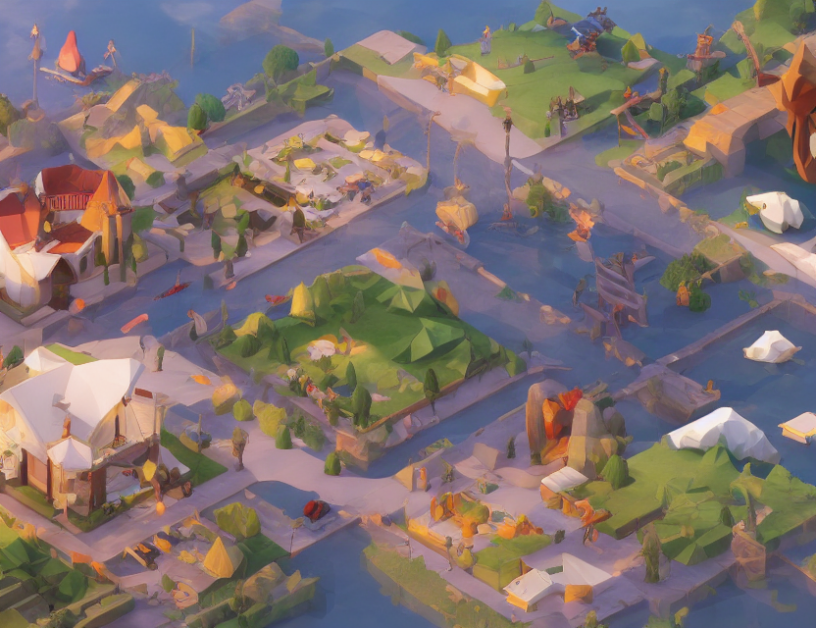One of the biggest challenges in studying multimedia narratives is the sheer volume of data available. With so many different types of media and a wide range of storytelling techniques, it’s difficult to develop a comprehensive understanding of how these stories are created and perceived. To tackle this challenge, researchers have turned to computational methods, using machine learning algorithms and other techniques to analyze large datasets of multimedia content.
Computational Aesthetics
Computational aesthetics is a subfield of computer science that focuses on the analysis and understanding of multimodal narratives. Researchers in this field use a range of techniques, including image and audio processing, natural language processing, and machine learning, to analyze and interpret multimedia content. By connecting low-level features with higher-level semantics, computational aesthetics provides a framework for understanding how media practitioners create and audience perceive narratives.
Key Findings
Some of the key findings in the field of computational aesthetics include:
- The use of genre classification to analyze comic books and other multimodal narratives [4]. This involves categorizing stories based on their content, such as action, romance, or horror. By analyzing large datasets of comics, researchers can identify patterns in how genres are used and how they impact the way stories are perceived.
- The importance of pacing and tempo in multimedia narratives [1]. Pacing refers to the speed at which a story unfolds, while tempo refers to the duration of individual elements within a story. By analyzing the timing of different elements within a narrative, researchers can gain insights into how pacing and tempo impact audience engagement and enjoyment.
- The role of image and audio in multimedia narratives [3]. While text is often the primary mode of communication in multimodal narratives, images and audio play critical roles as well. By analyzing the visual and auditory elements of a story, researchers can gain a deeper understanding of how they contribute to the overall narrative experience.
Conclusion
In conclusion, computational aesthetics is a rapidly growing field that provides new insights into the creation and perception of multimedia narratives. By using machine learning algorithms and other techniques to analyze large datasets of media content, researchers are gaining a deeper understanding of how genres, pacing, tempo, and visual and auditory elements work together to create engaging and meaningful stories. As technology continues to advance, we can expect even more sophisticated methods for analyzing and interpreting multimodal narratives, providing valuable insights for media practitioners and audiences alike.



